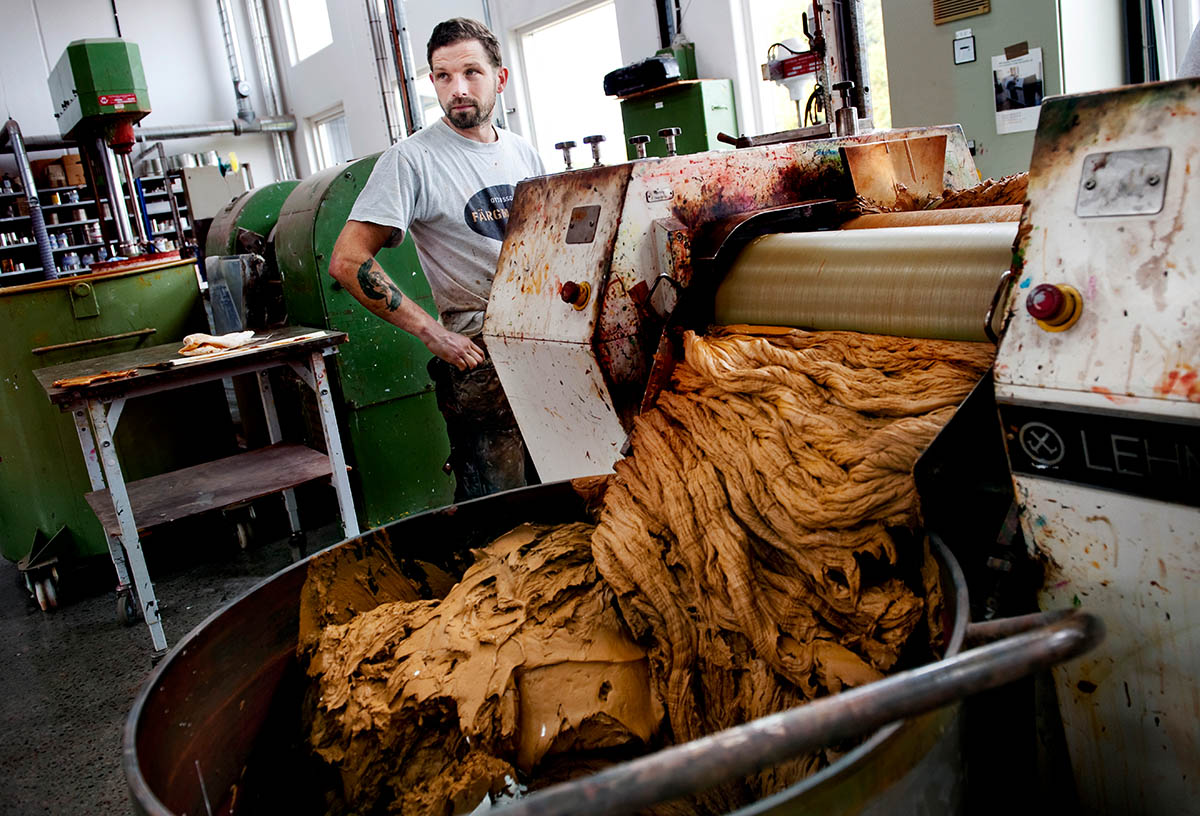Study Reveals Paint Is the Largest Source Of Microplastics In The Ocean.
It is well known that microplastics in the oceans are a serious problem. However, the exact origin of these tiny particles has been largely unclear until now.
The Swiss-based scientific research firm Environmental Action (EA), consisting of experts in the field of plastic pollution, has published the study "Plastic paints The Environment"*. The focus was on quantifying plastic pollution from paints as well as the global penetration of microplastics into the world's oceans. The report revealed that the paint industry is the sector with the highest contribution to primary microplastics in oceans and waterways.
Globally, the total leakage from paint is estimated in the range 5,2 to 9,8 mt/year (with 7,4 mt/year as central value). Up to 1,9 million tonnes end up in the oceans. This is significantly higher than previous academic consensus.
Paint is in large part made of plastic polymers (approx. 37 %) and enters the world's oceans directly, e.g. through wear and tear on cargo ships and offshore drilling platforms or during their maintenance.
Basically, two main factors can be identified for global plastic pollution. Macroplastics enter the environment primarily through improperly treated waste (Jambeck et al., 2015) and decompose over time into microplastics. Primary microplastics, on the other hand, are predominantly released through the abrasion of paint (Boucher & Friot, 2017).
The significant negative impacts that current plastic pollution is having on the environment are discussed based on those researches and are intended to support and advance solutions to this issue.
Dr. Paola Paruta, Environmental Analyst at EA - Environmental Action and lead author of the report, adds: „Our report fills a key knowledge gap in the space of microplastic pollution. Our intent is to provide useful information that can enable further research and concrete actions to tackle microplastic leakage, and plastic pollution in general.”
„This report should be a wake-up call for the paint industry and their surface maintenance customers,“ comments Declan Mc Adams, chairman of Pinovo, the Norwegian company that initiated the research. „It’s important that the industry finds less harmful and more sustainable alternative methods. We need a systemic change in the use and management of paint, now that these findings have shone a light on the extent of the pollution being caused.”
 The Swedish manufacturer Ottosson Färgmakeri shows, that there is another solution. The company has been producing high-quality linseed oil paints exclusively from linseed oil and traditional pigments since 1989. The boiled linseed oil is used as the binder for the paint, which does not require any other additives. Like the paints mentioned in the research, it is suitable for application to almost any surface. If this linseed oil paint now enters the environment, this is harmless.
The Swedish manufacturer Ottosson Färgmakeri shows, that there is another solution. The company has been producing high-quality linseed oil paints exclusively from linseed oil and traditional pigments since 1989. The boiled linseed oil is used as the binder for the paint, which does not require any other additives. Like the paints mentioned in the research, it is suitable for application to almost any surface. If this linseed oil paint now enters the environment, this is harmless.
As a retailer, you have the same responsibility as the manufacturer to sell ecologically compatible products and to provide information about correct and resource-saving processing. Deffner & Johann also sets this standard for itself.
The globally operating supplier for high-quality materials, tools and equipment for preservation, conservation and art handling always tries to offer environmentally conscious solutions with view of protecting the environment.
"Conservation and restoration can contribute significantly to the sustainable use of resources. On the one hand, conservation and conversion of heritage buildings offer considerable potential for saving materials and energy. Furthermore, materials in their traditional use are often significantly more sustainable, considering their entire life cycle. Binder systems with a historical reference, such as lime or linseed oil, not only offer a favourable eco-balance, but are also often more resource-efficient in production and maintenance," explains Ralph-Uwe Johann, Managing Director of Deffner & Johann.
Finally, a rethink by all parties involved is necessary to stop polluting our environment with plastic. Every individual can contribute to this by avoiding plastic and disposing of waste properly. Only by using resources responsibly and acting sustainably, the pollution of the world's oceans and the environment can be reduced.


Find original Swedish linseed oil paint from Ottosson here at Deffner & Johann in our online store:
→ Ottosson Swedish Linseed Oil Paint
Our guide to the application possibilities and processing of Ottosson linseed oil paint provides you with valuable tips - for example, also on the frequently asked question of how long linseed oil paint needs to dry and what the brushes we recommend are for optimal application.
→ You can find the guide here.
In addition, you can discover helpful videos on our Deffner & Johann Youtube channel about the correct application of linseed oil paints, cleaning brushes, using linseed oil paints indoors and much more.
→ the D&J Youtube channel can be found here.
*Studie: EA – Environmental Action (Hrsg.): Plastic Paints the Environment. A global assessment of paint´s contribution to plastic leakage to Land Ocean & Waterways; Lausanne, Schweiz, 2021.

